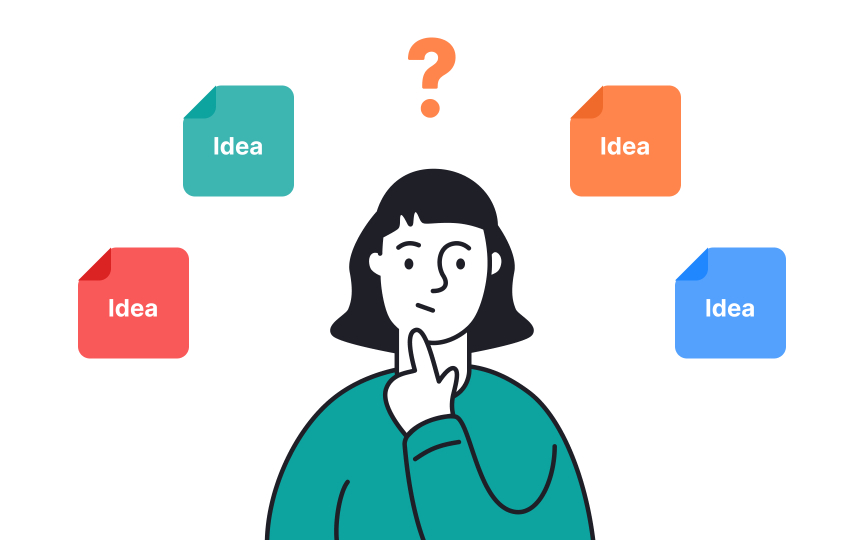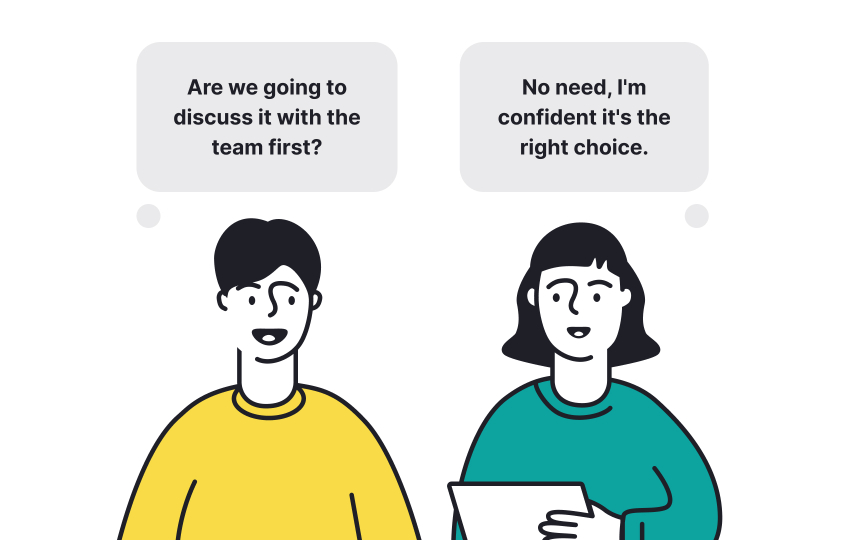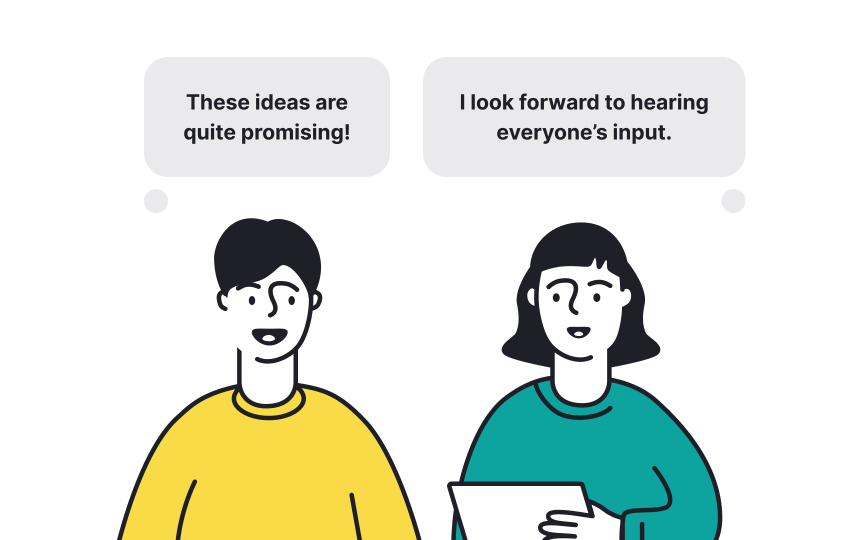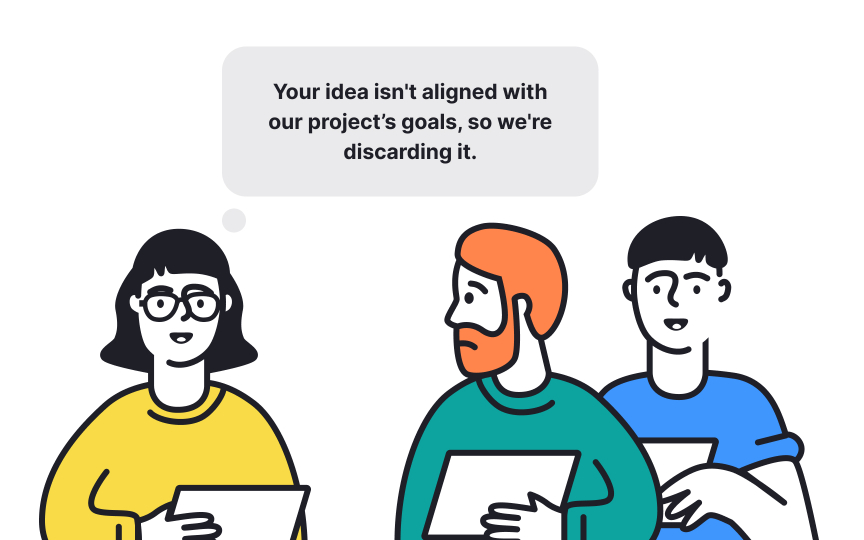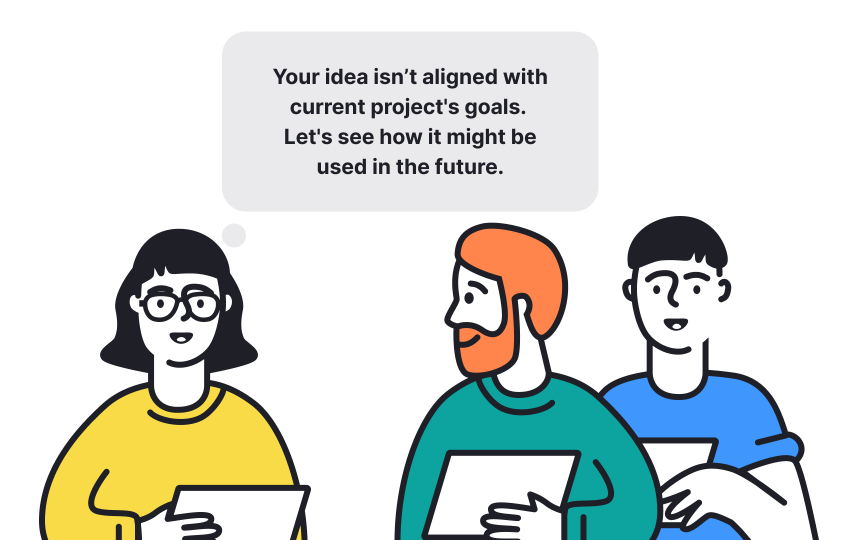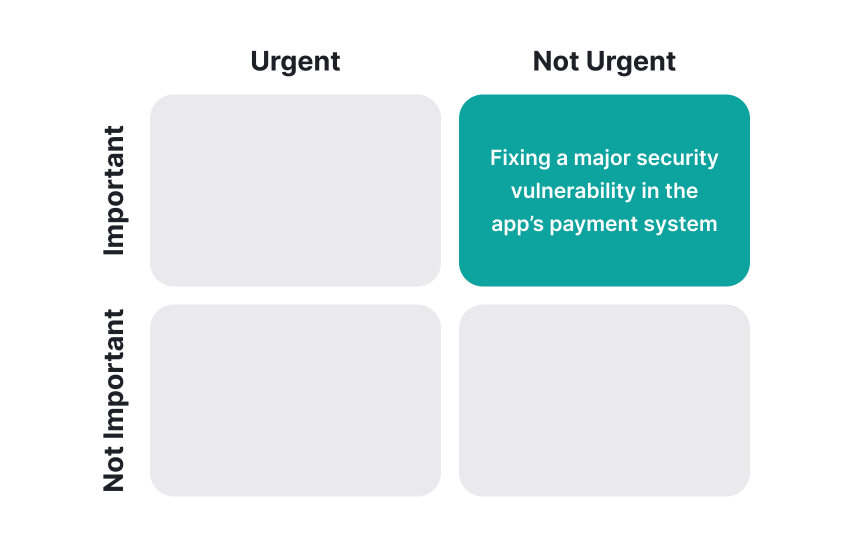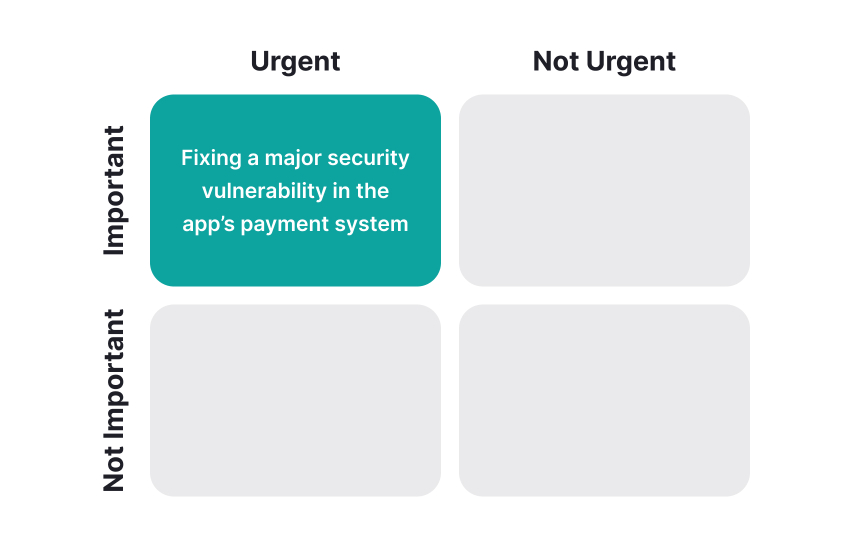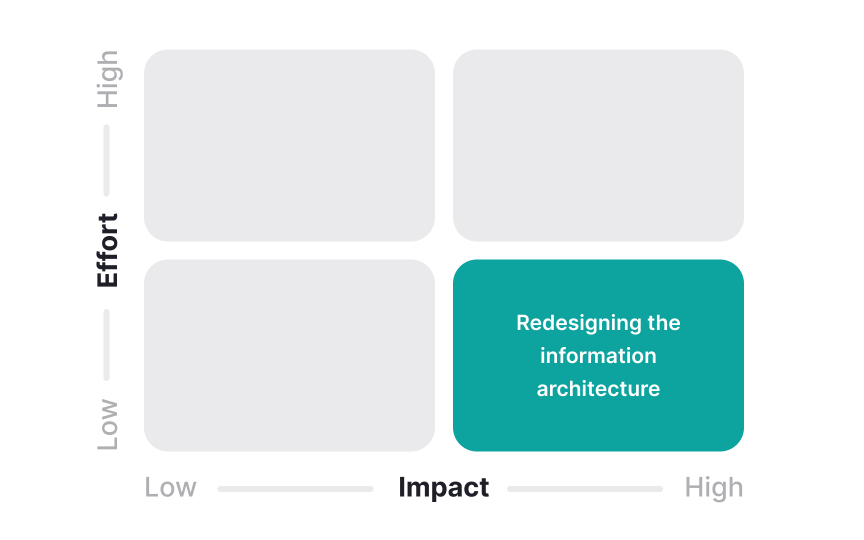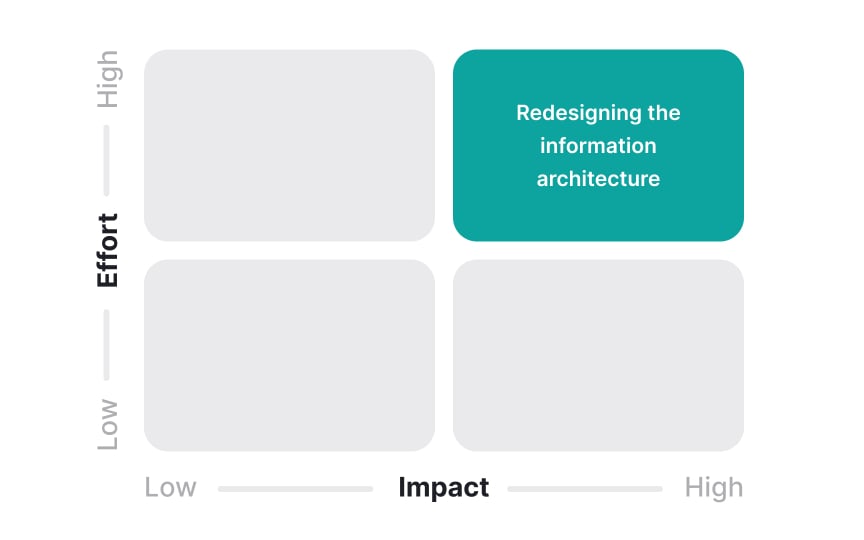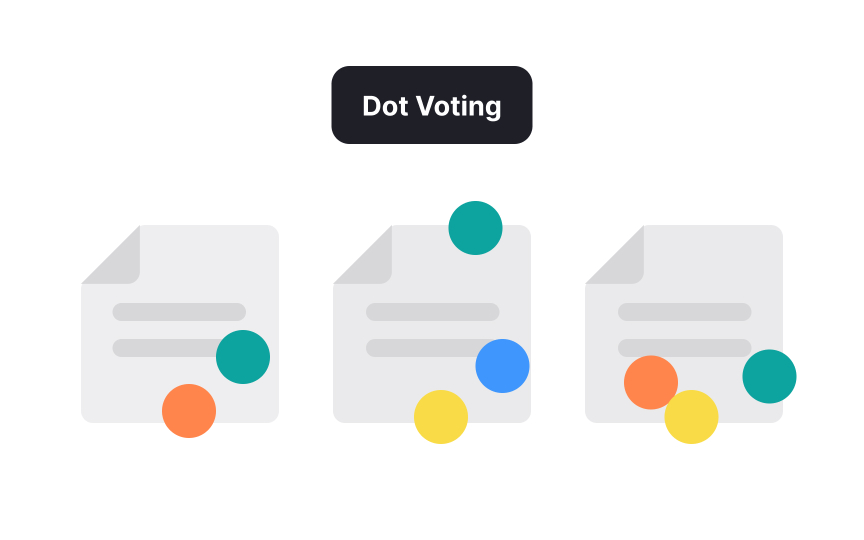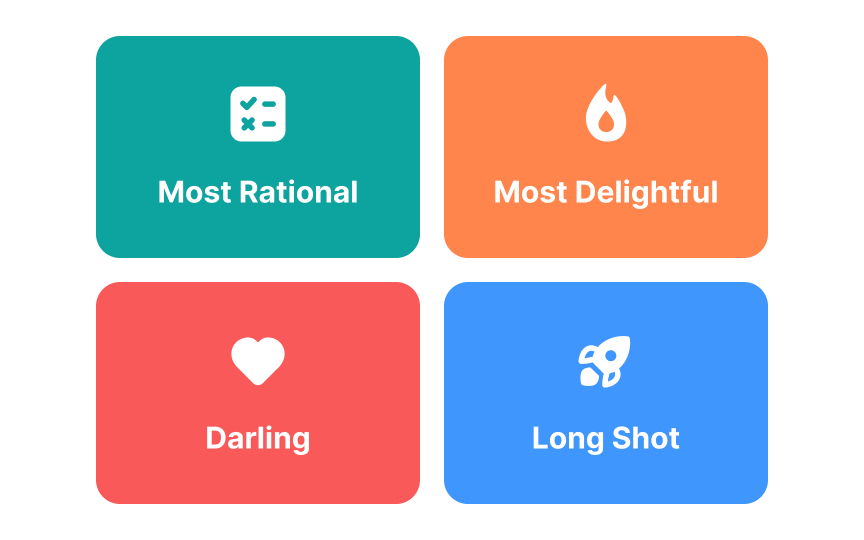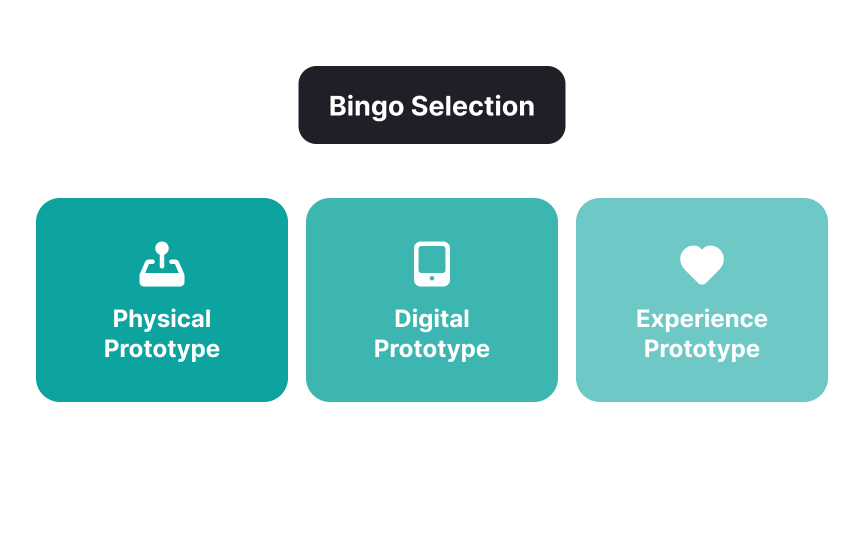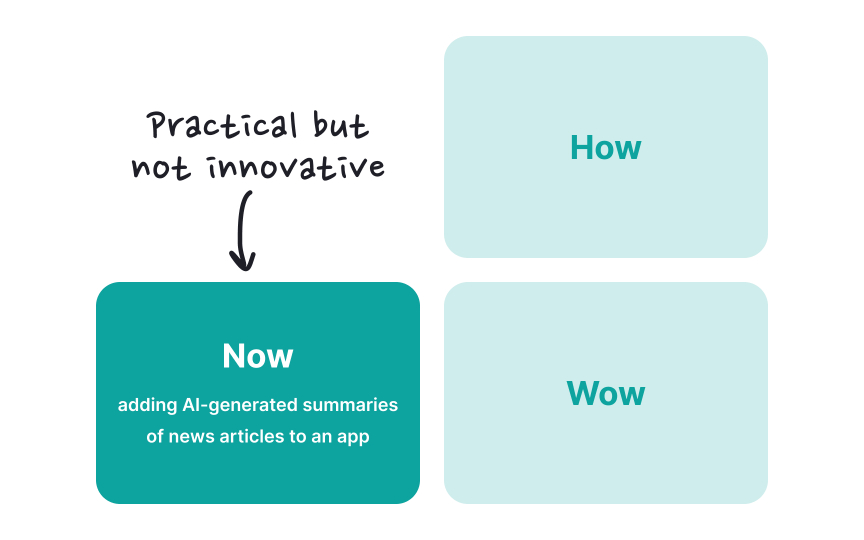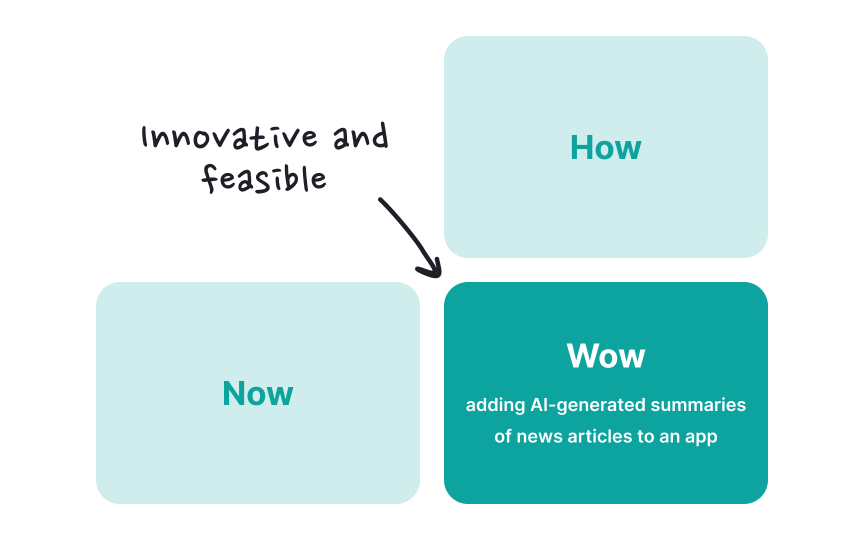Methods for Prioritizing Ideas
Explore effective techniques to rank and refine your ideas for the next stages of design thinking.
After a dynamic ideation session, the design thinking process moves to a crucial phase: ranking ideas. This stage shifts focus from generating to evaluating and refining existing ideas. It’s about collecting, categorizing, and pinpointing the most promising ideas, solutions, or strategies.
To aid this process, various methods are employed. Sticky note voting, for instance, provides a visual, democratic approach to gauge preferences. The Four Categories method adds order, organizing ideas into distinct themes.
The objective is to prepare a diverse array of ideas for the subsequent stages of prototyping and testing. Having a variety of concepts is key. Ideas with similarities can be batch-prototyped, incorporating minor variations in each iteration to identify the optimal version.
In the
- Focuses efforts: It enables teams to concentrate on ideas that are feasible and have a significant impact, ensuring that energy and resources are directed appropriately.
- Enhances productivity: By narrowing down the options, the workflow becomes more streamlined and efficient.
- Facilitates better decision-making: Having a smaller, more refined set of ideas makes it easier to make informed decisions.
- Promotes learning and improvement: Implementing and testing prioritized ideas provide valuable insights into what is effective and what isn't.
- Increases transparency: It clarifies the reasoning behind selecting certain ideas over others, enhancing understanding and transparency within the team.
Effective prioritization ensures that teams move forward with innovative and practical ideas, leading to successful outcomes.[1]
Nurturing a supportive and collaborative atmosphere is key when prioritizing ideas in a team. This involves strategies that foster team engagement and open communication, ensuring that every member feels valued and heard. Here are some methods to achieve this:
- Encourage a collaborative mindset: Promote a culture where ideas are seen as collective contributions towards a shared goal, not personal possessions. Focus on finding the project's best solution.
- Involve everyone: Ensure all team members are part of the
prioritization process for better understanding and inclusivity. - Provide constructive feedback: Offer feedback on non-selected ideas, explaining decisions based on set criteria and potential future adaptations.
- Celebrate all contributions: Recognize all ideas and efforts to prevent feelings of disappointment or rejection.
- Maintain open communication: Foster an environment of open dialogue to address concerns and misunderstandings, enhancing team cohesion.
Making decisions in a way that is fair and unbiased is crucial in the idea
- Establish clear criteria: Define objective criteria such as feasibility, impact, and goal alignment. Base decisions on these criteria to reduce personal biases.
- Use anonymous voting: Implement anonymous voting methods to make unbiased decisions without singling out individuals.
- Rotate decision-makers: Alternate the decision-maker role among team members to balance perspectives and reduce perceptions of favoritism.
- Focus on future opportunities: Emphasize that ideas not selected now may be ideal for future projects. Keep a ‘parking lot’ of ideas for later consideration, valuing everyone’s contribution.
The Eisenhower Matrix, also called the Urgent-Important Matrix, is a tool for sorting ideas based on how urgent and important they are. In the
- Urgent and important (Act on it now): These are critical ideas that need immediate attention, like fixing a major design issue that could harm the user experience.
- Important but not urgent (Plan for it): These are significant ideas that don't need immediate action. They could involve improving user interface elements or adding new features, which can be planned for future phases.
- Not important but urgent (Delegate it): These ideas need quick action but aren't crucial to the project's main goals. Examples could be minor design tweaks or extra features that can be delegated to team members or considered later.
- Not urgent and not important (Set aside): These ideas don't urgently impact the project and aren't aligned with its main objectives. They can be noted for potential future exploration but aren't a priority right now.
The Impact/Effort Matrix, differing from the
- High impact, low effort (Quick wins): Easy to implement ideas with significant effects. Ideal for quick, impactful results with minimal resources.
- High impact, high effort (Big projects): Ideas with substantial impact but requiring more resources and planning. Starting these projects early is crucial for long-term benefits.
- Low impact, high effort (Fill-in jobs): Tasks that demand effort but offer limited impact. Generally, they are low priority unless further analysis increases their value.
- Low impact, low effort (Thankless tasks): Tasks that are neither impactful nor demanding. If unavoidable, they should be completed efficiently or modified for greater impact without additional effort.
Dot voting is an effective, democratic method for idea
- Display ideas: Each idea generated during the session is written on individual sticky notes and displayed for everyone to see.
- Distribute votes: Participants are given a limited number of votes (usually 3-4). These votes can be represented by stickers or simply marked with a dot using a marker.
- Cast votes: Team members place a dot on the sticky notes containing the ideas they support. Each dot counts as one vote for that idea.
- Use color variations: To add depth, different colored dots can be used. For example, one color for the most favored ideas and another for the least favored, offering a nuanced view of preferences.
- Count and decide: Tally the votes to identify which ideas received the most support. The ideas with the most dots are prioritized for further development.
This method ensures that every team member has an equal say in the decision-making process, making it a transparent and inclusive way to select the most compelling ideas.
The Four Categories method helps prioritize ideas, categorizing them based on their nature and potential impact. This method divides ideas into 4 distinct types:
- The Rational Choice: These are practical, sensible ideas that are grounded in logic and feasibility. They are the safest bets, typically based on data or proven methods.
- The Most Likely to Delight: Ideas that focus on
user experience and satisfaction. These are designed to excite or please customers and often involve innovative or creative elements. - The Darling: Often the team's favorite ideas, these may not always be the most practical, but they are cherished for their uniqueness or visionary aspects.
- The Long Shot: These are the wild cards – ambitious, less predictable ideas with a potential high payoff. They are the least certain but can lead to groundbreaking innovations if successful.
By selecting one or two ideas from each category, teams ensure a balanced approach, covering everything from practical, reliable solutions to more adventurous, potentially game-changing concepts.
The Bingo Selection method prioritizes ideas, categorizing them into different
- Diverse categories: Ideas are sorted based on potential prototypes like physical, digital, and experience prototypes.
- Physical prototype: Ideas transform into tangible objects or models.
- Digital prototype: Suited for digital development, including apps or software.
- Experience prototype: Focused on crafting user experiences, services, or processes.
For example, in a tech startup creating smart home devices, this method would be invaluable. It could guide the team in exploring physical prototypes like new gadgets, digital prototypes for app interfaces, and experience prototypes enhancing overall user interaction.
The Now Wow How Matrix evaluates ideas based on novelty and feasibility, using a grid with two axes: implementation difficulty and innovation level. This creates 3 categories:
- Now: Bottom left, for practical, easily implemented ideas lacking novelty. They're reliable but not groundbreaking.
- Wow: Bottom right, featuring innovative, feasible ideas. These are exciting and impactful.
- How: Top right, for innovative but challenging-to-implement ideas, often saved for future exploration.
The top-left quadrant is blank, representing unfeasible, non-innovative ideas. This matrix offers a visual, straightforward way to assess idea viability and innovativeness. Participants use colored dots for voting, fostering a collaborative decision-making process. It's especially useful where balancing creativity with practicality is key.
Similar lessons

What is UX Design?

Common Design Concepts

